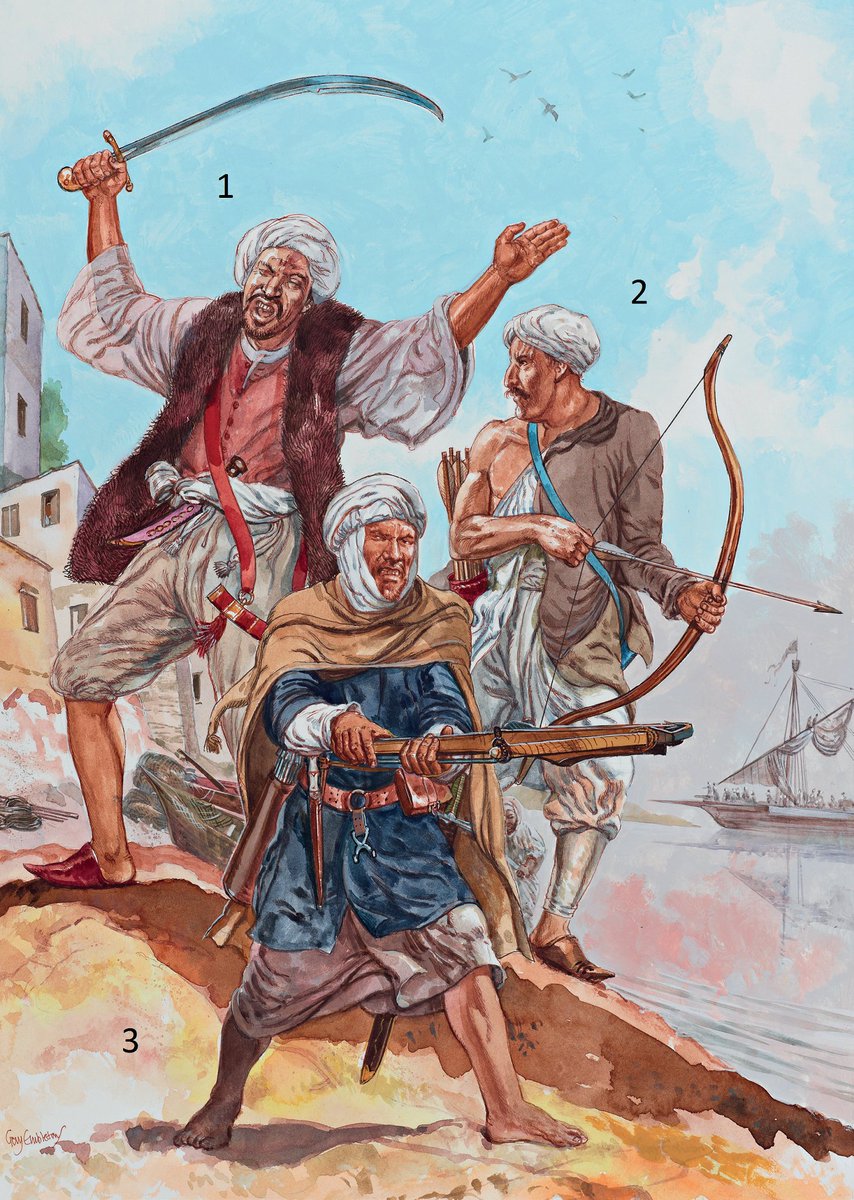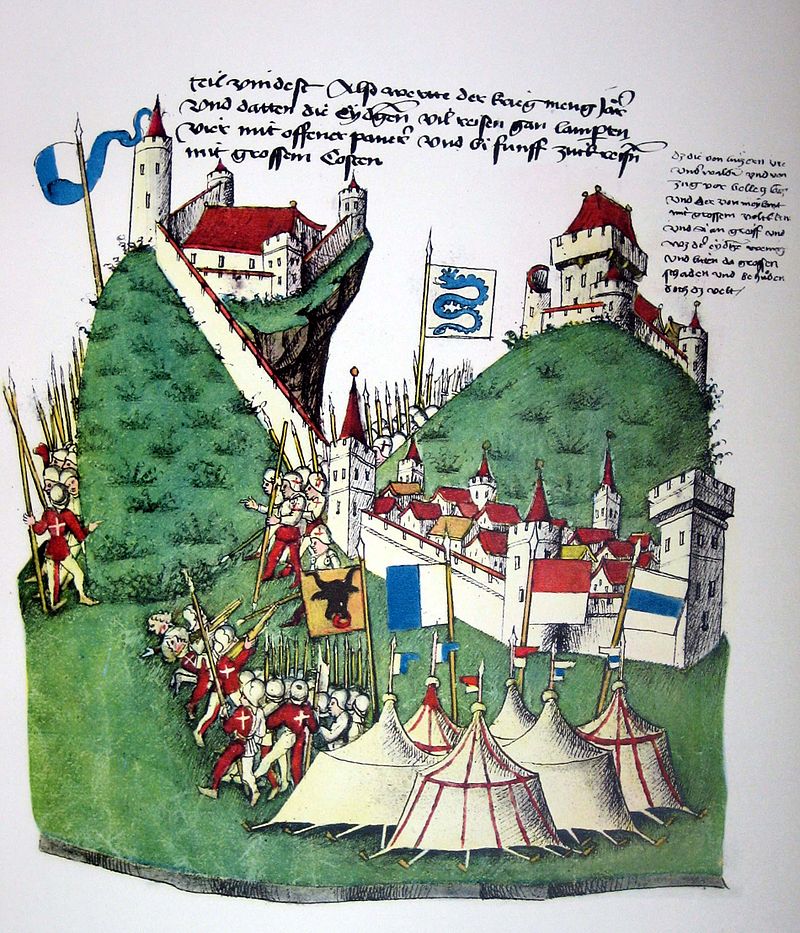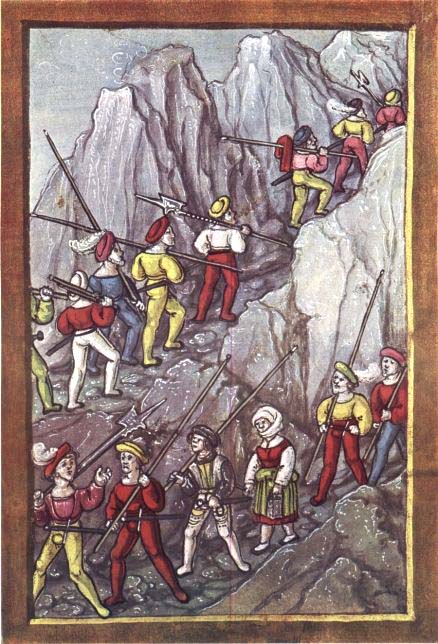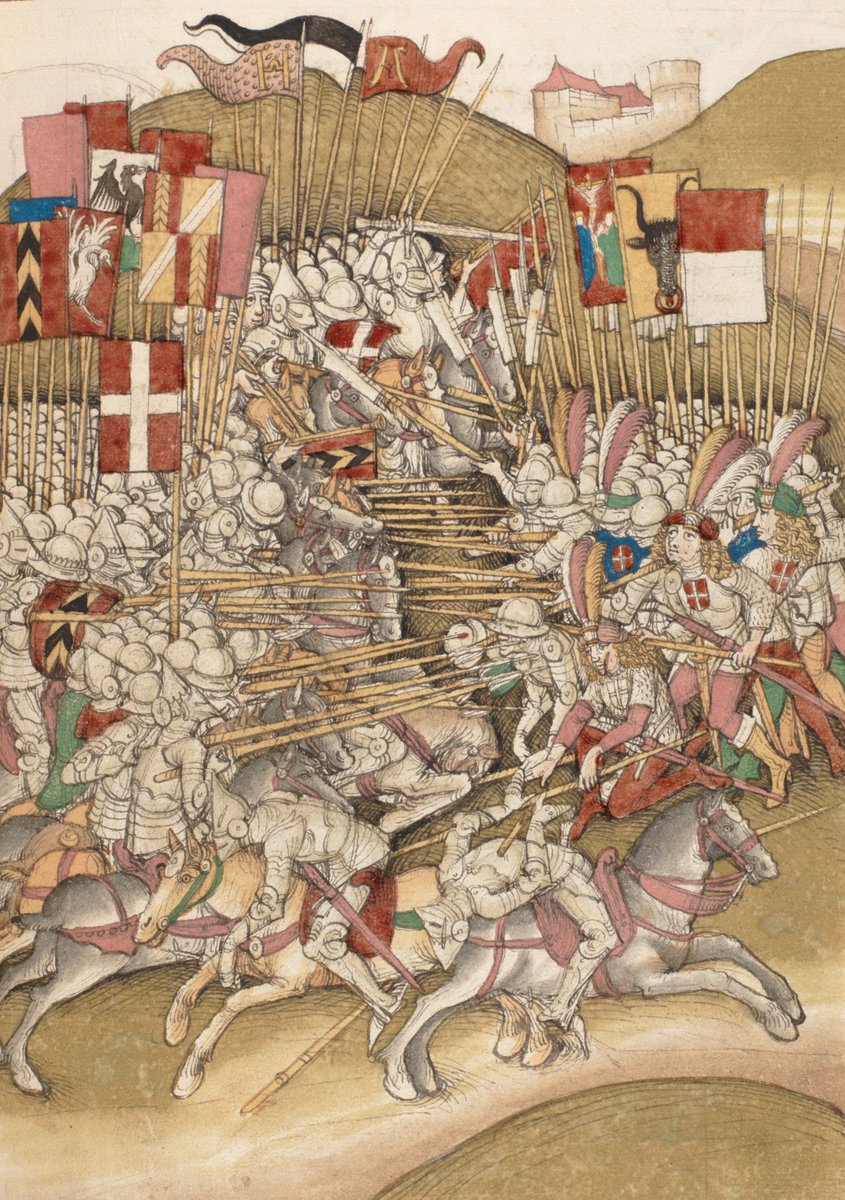
Do you know the story of how Venezuela was first colonized by the Germans who named it Klein-Venedig (Little Venice)? In 1527, it was given to the wealthy Welser family from Augsburg by Emperor Charles V to erase his debts to them! They sent German conquistadors to conquer it! 



The powerful Welser family was a patrician family of immense wealth from the Free Imperial city of Augsburg which flourished at the time as one of the key centers of European commerce. The Welser Company conducted business from Lisbon to the Levant and north to Antwerp! 





The Welsers were also very ambitious politically. Together with the Fuggers, another wealthy family from Augsburg, they financed the Habsburg emperors and helped them get elected. Charles V who was emperor at the time relied on their loans to finance his wars. 

It was Bartholomeus V Welser who was granted concession to colonize the province of Venezuela, to "pacify the land and to place it in our service in a manner that we can profit from it!" Bartholomeus Welser was an ambitious who claimed he was descended from general Belisarius! 



The Welsers prepared the expedition to Venezuela. They were obligated to conquer the province at their own expenses and build two cities and three forts within two years. Hearing the rumors that Venezuela contained gold mines they brought 150 German miners with them. 

The Welsers also brought with them hardened and experienced German warriors. Ambrosius Ehinger was appointed the first governor a man described by Spanish sources as a "rough mercenary of unprecedented cruelty!" He came from a reputed patrician Ehinger family from Constance! 



Ehinger appointed Nikolaus Federmann as his deputy, another adventurous and daring young man, described by Spanish sources as an "unscrupulous adventurer with boundless avarice!" He was from the city of Ulm and his dream was to found a city in the new world named "Ulma". 



These adventurous and ambitions young German men were not pleased by just running the colony. They wanted more. Rumors of El Dorado, the legendary land of gold, persisted and allured them to explore the interior. Ehinger made his first expedition to Lake Maracaibo in August 1529! 

Ehinger encountered furious resistance from the locals on this journey and he needed to win a series of skirmishes with them before founding the city of Maracaibo which he named New Nuremberg (Neu Nürnberg). He named the lake in honor of valiant chieftain Mara whom they killed. 

At this campaign Ehinger got sick with malaria and was treated in Hispaniola while Federmann briefly took charge in the capital of the province, Santa Ana de Coro (which the Germans called New Augsburg, Neu Augsburg). When Ehinger returned he continued with his expeditions! 

Ehinger's next expedition lasted for 2 years. With a group of 170 soldiers and allied Indians he explored the interior all the way to Zapatosa marshes in modern day Columbia, desperately searching for the mythical gold. His men were starving and were attacked by hostile locals! 

Ehinger himself was shot with a poisoned arrow and died in 1533 and the expedition returned without him to Neu Augsburg. After Ehinger's demise, a new adventurous German obsessed with El Dorado was appointed governor, Georg von Speyer, a man described as "a violent destroyer!" 



Speyer was accompanied by Philipp von Hutten, a man with good reputation of chivalry from Franconia. On this picture Speyer is right and Hutten in the center, depicted in Sanlúcar de Barrameda in Spain as they prepared to depart to Venezuela in 1535 with 600 Landsknecht warriors! 

German conquistadors and mercenaries were taken to the new world with the mighty ship La Santa Trinidad. In Klein-Venedig, they conducted new expeditions into interior, obsessed with finding the legendary land of gold that so many talked about but couldn't find it! 



Once again instead of running the province like they were supposed to, these adventurous German conquistadors preferred to take expeditions deep into unknown territory in the interior of South America, where they found nothing but diseases, thirst, hunger and hostile locals! 

Speyer's expedition lasted until 1538 as they reached the headwaters of the Japurá River, near the equator! His health badly deteriorated and he died in 1540, with Philipp von Hutten replacing him as governor and continuing to look for El Dorado, starting a new expedition. 

Philipp von Hutten left Neu Augsburg in 1541 with 150 men and reached the Llanos plain. He engaged in skirmishes with furious locals there and was severely wounded. The poor condition of his starving men and himself forced him to return to Neu Augsburg in 1544. 





However as Hutten and his men returned, they found out that the Spanish conquistador Juan de Carvajal was appointed governor in Venezuela to preserve order. After Hutten and his men had been gone for years, Carvajal became comfortable in his role and saw the Germans as a problem. 



Carvajal tried to arrest the German conquistadors, but despite being outnumbered they fought off the Spanish and Carvajal himself was wounded by the son of Bartholomeus Welser who founded the colony, also named Bartholomeus. Carvajal was forced to give the Germans safe passage. 

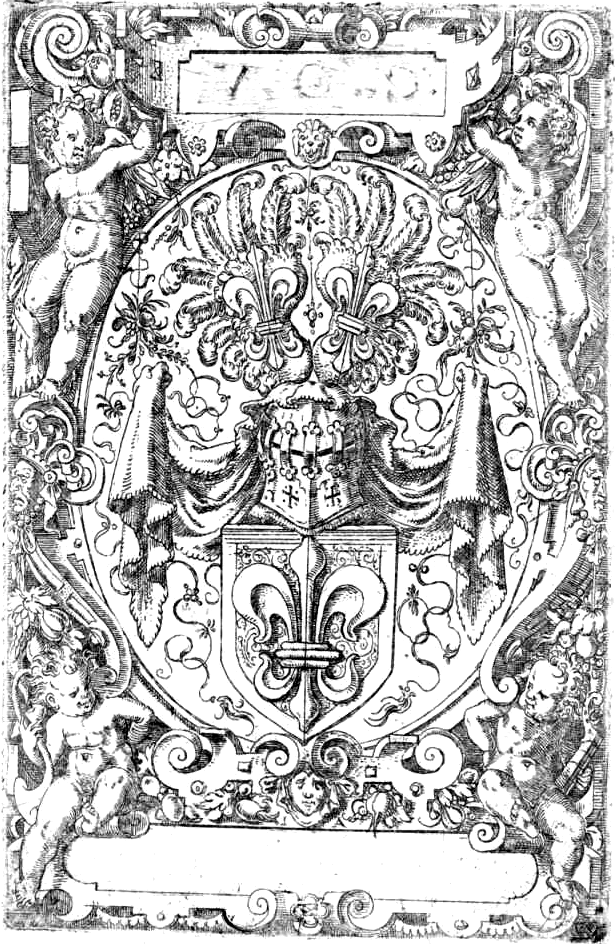

However Carvajal betrayed his promise and when the German conquistadors were not alerted and his men captured them at the port of Neu-Augsburg. He kept Hutten and Welser imprisoned and in 1546, he had them beheaded! This marked the official end of German control of Klein-Venedig. 

Carvajal didn't escape punishment for his deed however, as he was beheaded as well. The Welsers tried to get the colony back through legal means, but after the abdication of Charles V in 1556 they had not chance to regain it anymore and Spanish remained in control of Venezuela. 
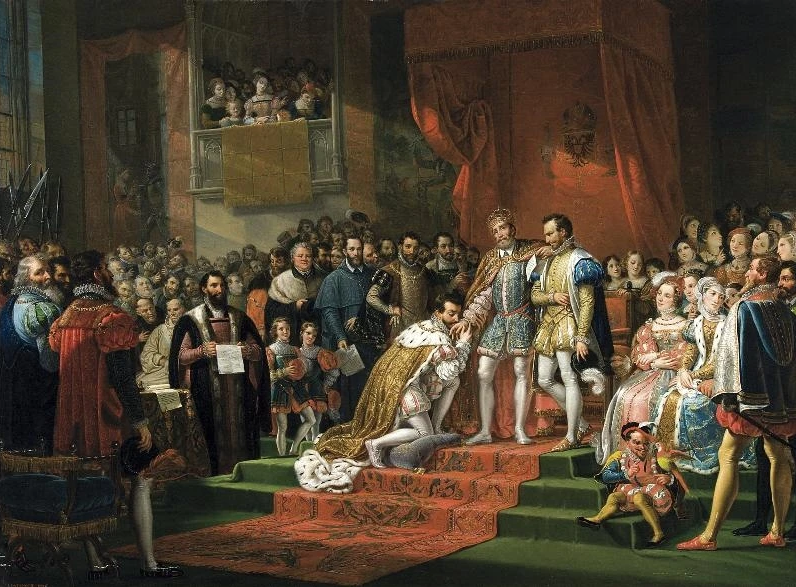
• • •
Missing some Tweet in this thread? You can try to
force a refresh












